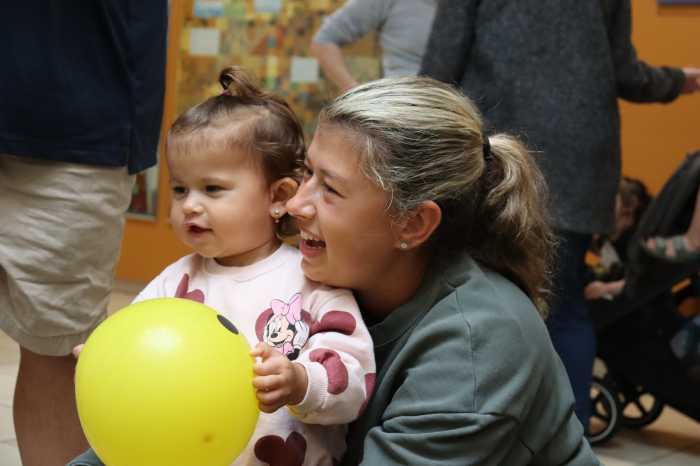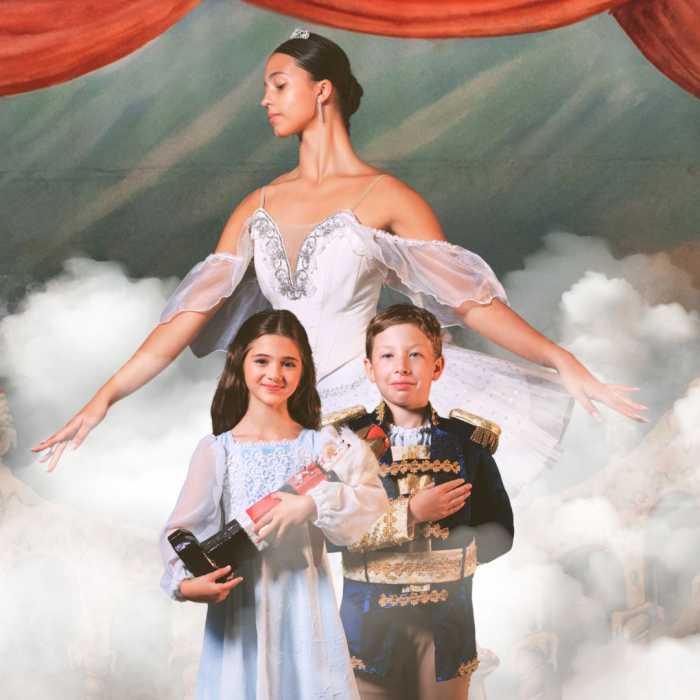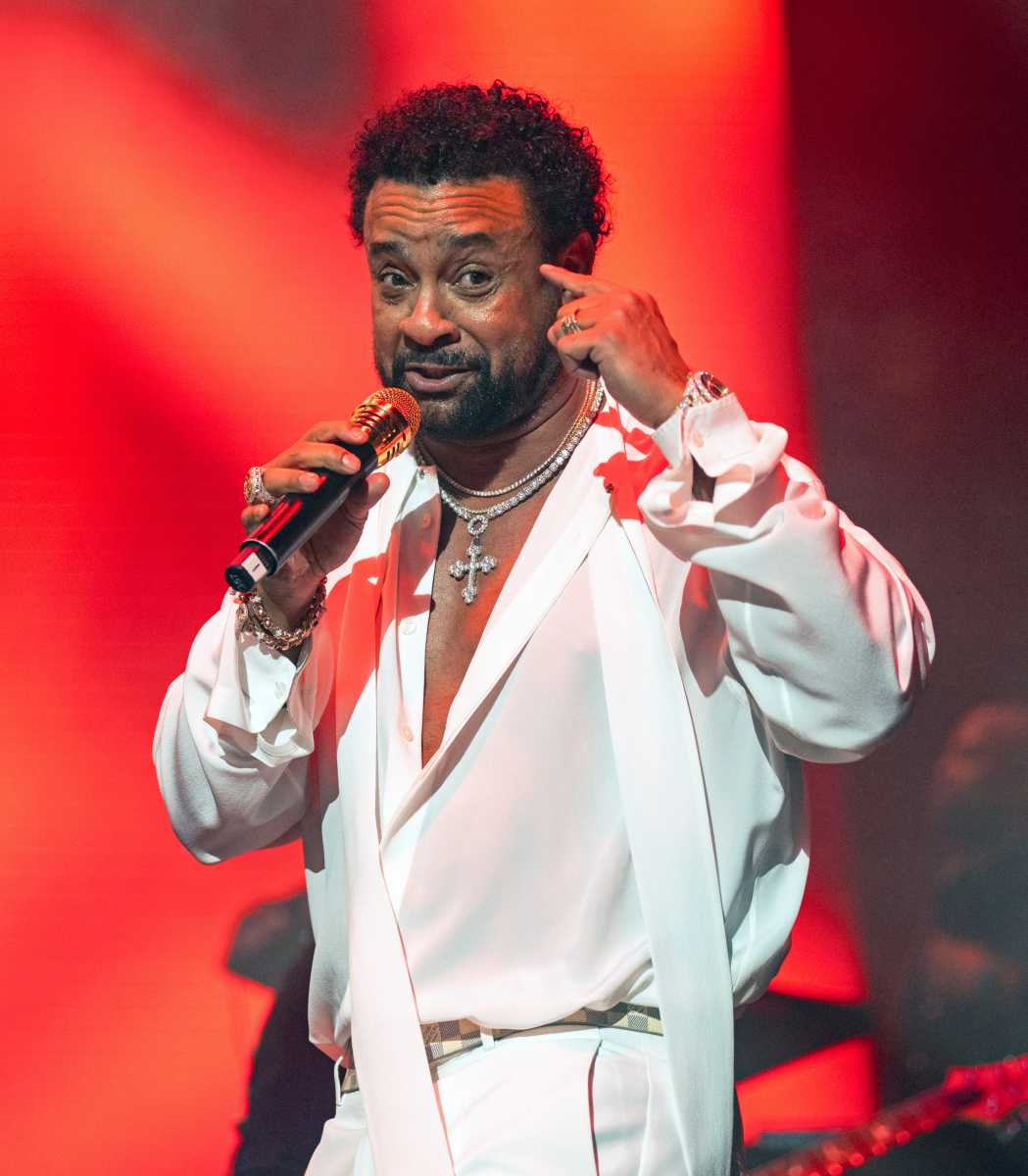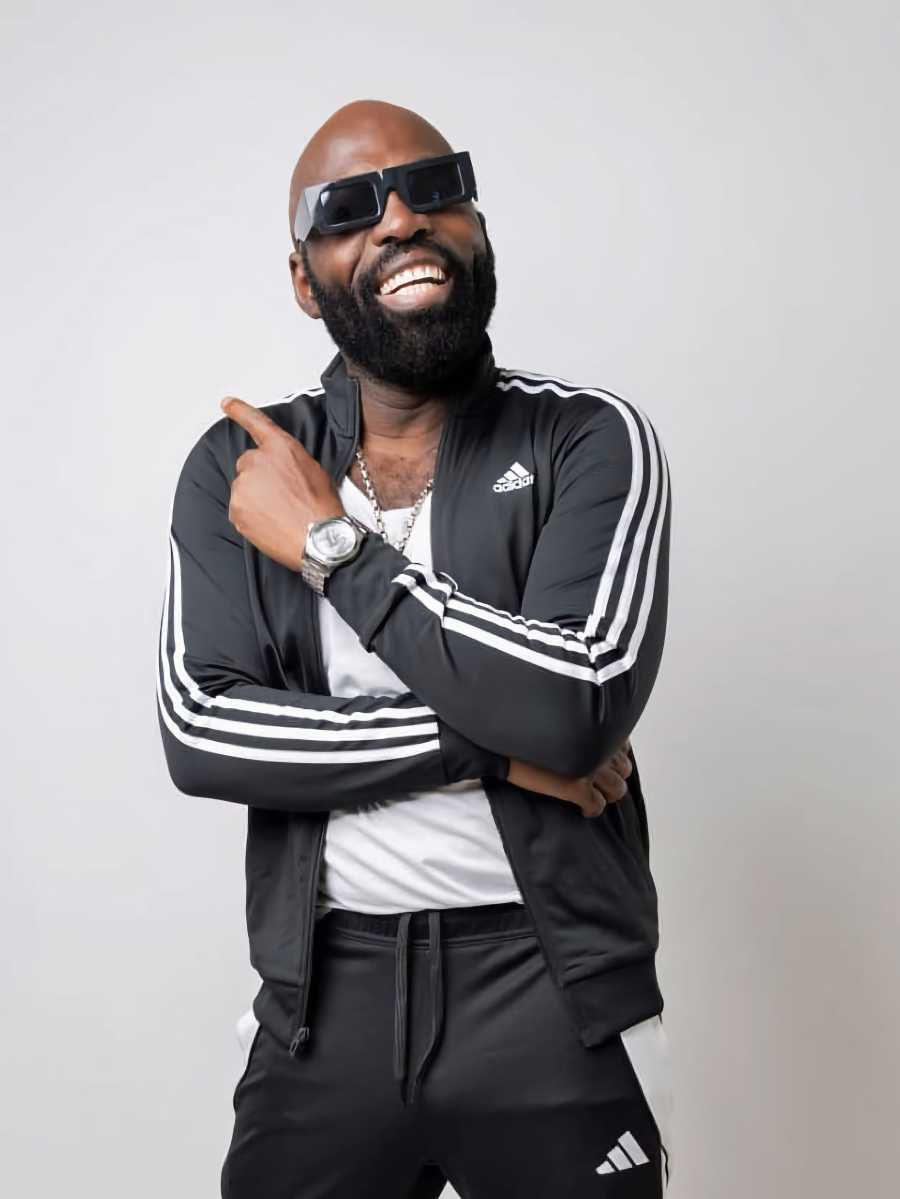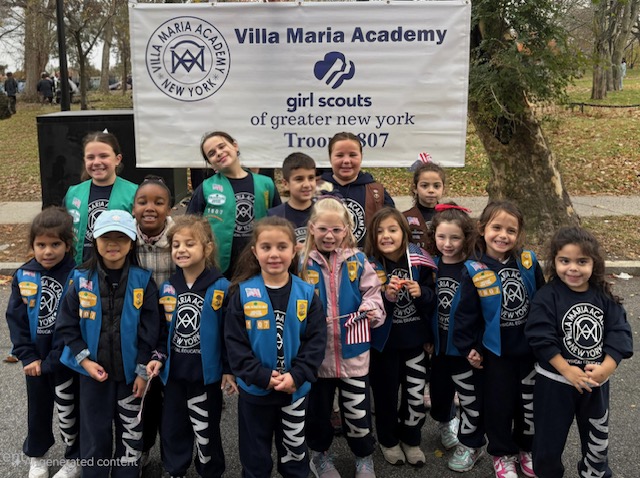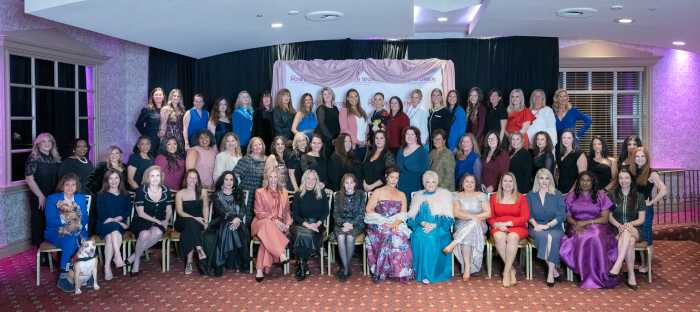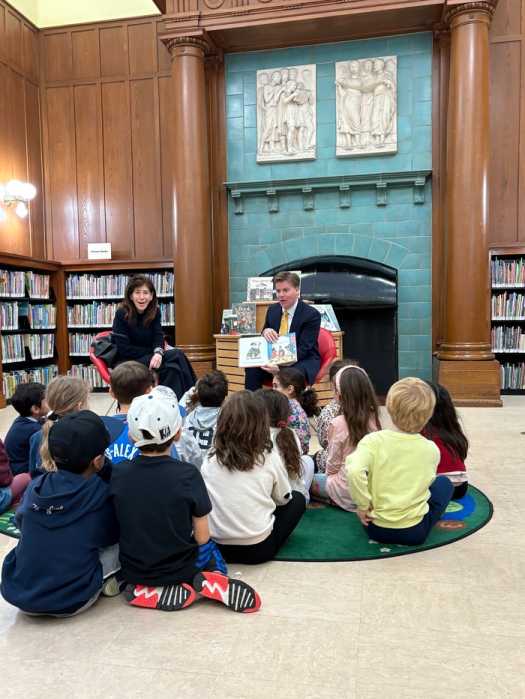Interview by Sydney Chun
It’s Saturday morning around 11 a.m. and I’m seated across the table at a diner from Judith Stiles. A Soho resident, Stiles is the mother of three children, two girls and a boy, who are all involved with sports. She has managed and coached a number of soccer and softball teams. She was my first soccer coach. Currently, Stiles is on the executive board of the Downtown United Soccer Club and the New York Magic Youth Soccer Club and is director of the Girls Select Program at the Cosmopolitan Junior Soccer League. We have a little to eat and then she begins to tell me about her experience with equality in sports.
I remember being in third grade and there were two teams of boys being picked after school in the schoolyard to play a game of soccer. And it was all white boys. And Warren Moore, who was this black kid who was a really good athlete, and I asked them if could play with them and all the guys said “No.” But Warren Moore stood up for me and he said, “She can play, let her play.” And so I got to play with these boys for a lot of third grade after school and I mostly played goalie because nobody else wanted to. And that was my introduction to soccer, right there, because they didn’t really have any organized teams for girls. I never forgot that Warren Moore did that for me and when I was at my 20th high school reunion, I found him and I thanked him for including me in those games and then shortly after that he died, so I was really glad I got a chance to thank him.
You girls don’t know great you have it. There were no uniforms, no teams, nothing for girls when I was young. My father taught the girls in my family sports and got us our own baseball gloves. He played hardball with us, you know, neighborhood games where he included us in baseball, touch football, a little bit of soccer. I didn’t really continue playing soccer after third grade. It was mostly softball and baseball and a little basketball, but soccer was not a big sport when I was a kid, even for boys soccer was pretty minor.
I really got involved in soccer as an adult because my kids got interested in it with the Downtown United Soccer Club. You know it’s fun to watch ’em but it looked like a lot more fun to play. So I went and just like uh…nut, I went and tried out for this team in the Bronx, I totally winged it, and they took me. So now I play in the Bronx Irish Women’s Soccer League, and there’s also a Bronx Irish Men’s Soccer League. And they’ve been pretty good about fields. That is to say there hasn’t been any conflict. We all have terrible fields [laughs]. We share the terrible fields. We share the same referees and the men have been absolutely fine about treating us equally. The Bronx Irish women are very tough and they don’t take crap from anybody. I mean that’s maybe how you have to be. And I have a lot of admiration for them. They’re very free to not have to be ladylike about things [laughs].
When I was a senior in high school we started a girls basketball team even though we had to wear skirts and were forced to follow that stupid three-dribble rule. I was the shortest person on the team, really short [laughs] and the other girls on this team were like, I mean nobody was shorter than 5 ft. 10 in. and then there was me, 5 ft. 3 in., so I learned to compensate. I learned to jump and I would really try hard to jump for rebounds. I was a good player but I was used to playing with boys, so I fouled out a lot, ’cause I played a kinda different game — a rougher game. I remember not being upset that I had fouled out but my coach got really upset, like I’d sinned or something.
Title IX created a radical change in the early ’70s. You have to picture this. Before Title IX there were no decent sports programs in schools or colleges for women that were wholeheartedly supported with equal funding. There had been a tremendous amount of resistance in universities to sharing fields, getting better locker rooms, getting funding.
You know, you ask yourself the basic question; you start out with boys and girls and how come there was such inequality in sports programs before Title IX? Why wasn’t it equal from the beginning? You know, why is it in the 1960s, nobody even thought of girls playing ice hockey? I used to go and watch my brothers play ice hockey and it never occurred to me that I could play. Why weren’t sports opportunities available to girls naturally before Title IX? I began to think maybe, partly, it is in our ancient DNA code; that you start out with people in the human race, and women were naturally into sharing food with their children and their families, that was their job, while men were the hunters and gatherers and they were competitive and territorial and fought for the food. So it didn’t come naturally to men to be inclusive because their ancient basic instinct was to be exclusive, you know way back in our DNA code. Does that sound crazy? I think it didn’t come naturally for them to say, “O.K., well, we’re playing all these sports, and of course girls should too.” Today sports administrators and coaches — men — have been educated, and made aware that women being involved in sports will not take away from their programs. It doesn’t detract from what they’re trying to do. It doesn’t “take their food.”
With the equality in sports, you ask me where we are today, and instead of complaining about what’s wrong, I try to think of where I hope it goes from here. What I hope for on the local level, within the city and Downtown United, is that I hope there will be more of an emphasis and a push to start girls younger in sports. Start them early, so that they’re not all the way in fifth grade before they get involved in sports. Because competitive sports really teaches you so much more than just the game. Internationally? Well. . .that’s a long story, but I will mention that soccer opportunites for young women are much greater here in the U.S. than in the rest of the world. Hopefully other countries will follow our lead. Now that would be progress.












